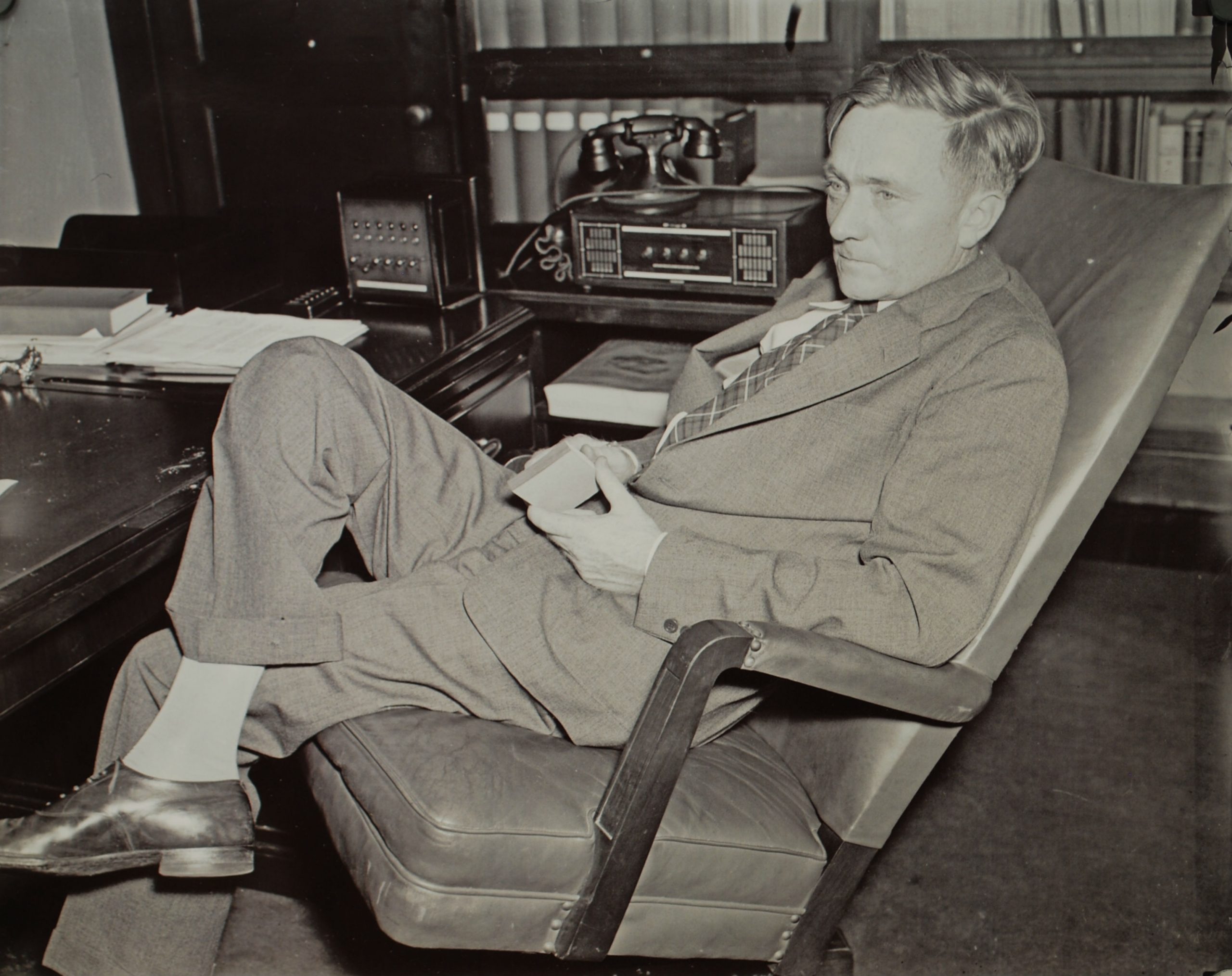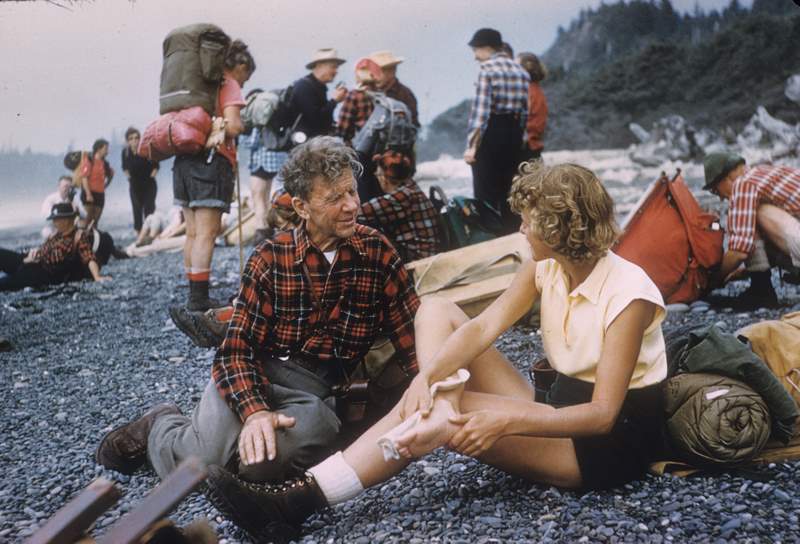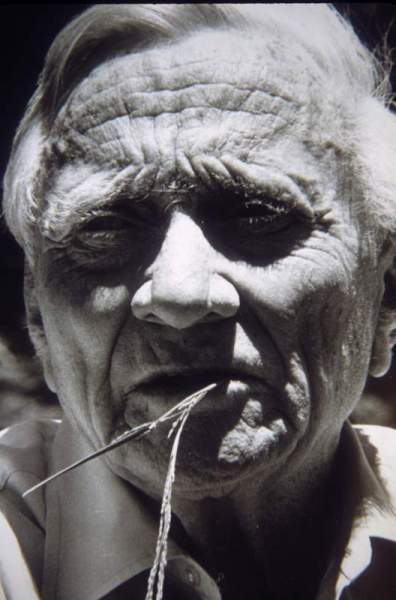- B.A. in English and Economics from Whitman College, law degree from Columbia
- Professor at Yale from 1928 to 1934
- Spent six years at SEC (1934-1939), rising the ranks to Chairman
- Sworn into office on Supreme Court on April 17, 1939, replacing Justice Louis D. Brandeis
- Served as Supreme Court Justice for 36 years, 211 days, the longest tenure in American history
- Wrote over 1,200 opinions while a Supreme Court Justice, a record
- Also holds SCOTUS record for most dissenting opinions
- Four impeachment attempts are the most ever for a sitting justice
Chronology
1916: Graduates from Yakima High School as class valedictorian and is awarded a tuition scholarship by Whitman College in Walla Walla, Washington.
1920: Graduates Phi Beta Kappa from Whitman. Begins teaching English and Latin at Yakima High School.
1922: Enters Columbia Law School in New York City. After one year, he makes the staff of the prestigious Columbia Law Review. Among his classmates at Columbia are Thomas E. Dewey and Paul Robeson.
1925: Graduates second in his class from Columbia. Begins professional career at Wall Street law firm of Cravath, deGersdorff, Swaine, and Wood. Teaches at Columbia on the side.
1926: Briefly returns to Yakima to practice law, then accepts a position teaching full-time at Columbia Law School.
1928: Accepts a teaching position at Yale University.
1934: Accepts a position with the Securities and Exchange Commission (SEC).
1936: Is appointed commissioner of the SEC.
1937: Is appointed chairman of the SEC, replacing James Landis. Calling himself the “investors’ advocate” with an uncompromising attitude, “He took on the Holy of the Wall Street Holies, The New York Stock Exchange, and forced it to transform itself…” wrote Fred Rodell for American Mercury. His success in regulating the stock market did not make friends among the wealthy businessmen who had been used to having their own way on the Street.
“Douglas found the New York Stock Exchange a private club and he left it a public institution.” — Robert Kenny, California Attorney General, 1944.

1939: President Franklin D. Roosevelt appoints Douglas to United States Supreme Court to fill the position vacated by Justice Louis D. Brandeis. At 40 years of age, he becomes one of the youngest men ever appointed to the Supreme Court.
1940: FDR considers him for vice president.
1944: FDR again considers Douglas for vice-presidential nomination, purportedly FDR’s first choice.
1948: Declines invitation of President Harry S. Truman to run for vice president.
1951: Dennis v. United States. Douglas establishes a reputation as an outspoken advocate of individual rights. His voting record in support of constitutionally guaranteed rights to personal freedom, privacy and equal treatment before the law is unprecedented. “He stood for the individual as no other justice ever has.” — Lucas Powe, Jr., former law clerk to William O. Douglas.
1955: Tours Russia. At the behest of family patriarch Joseph P. Kennedy is accompanied by Robert F. Kennedy to internationalize the younger Kennedy’s personal experience.
1958: Leads a hike along a secluded and pristine section of beach in Olympic National Park to protest a future roadway into the area; the hike is successful and plans are abandoned. As a staunch protector of the natural environment he helps define environmental activism in the United States and the International community before the term “environmentalism” appears in mainstream culture.

1965: Griswold v. Connecticut. The Supreme Court held that the statute was unconstitutional because it was a violation of a person’s right to privacy. In his opinion, Douglas stated that the specific guarantees of the Bill of Rights have penumbras “formed by emanations from those guarantees that help give them life and sub-stance,” and that the right to privacy exists within this area. Douglas at the urging of Justice William Brennan wrote the courts majority opinion.
1967: For the first time in Supreme Court history Douglas uses the word “ecology” to argue that no dam should be built on the Snake River in Udall v. Federal Power Commission showing that scientific perspectives ought to be considered, thus elevating this to the paramount question.
1970: The fourth attempt to impeach Justice William O. Douglas is organized by Representative Gerald Ford. Often a focal point of controversy, Justice Douglas openly criticizes American domestic and foreign policy throughout his tenure on the court.
1972: Sierra Club v. Morton. Douglas writes his iconic dissenting opinion defining why wild things deserve standing in the eyes of the law.
1974: Suffers a stroke on December 31.
1975: Retires from the Supreme Court on November 12 and is succeeded by John Paul Stevens.

